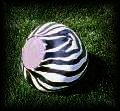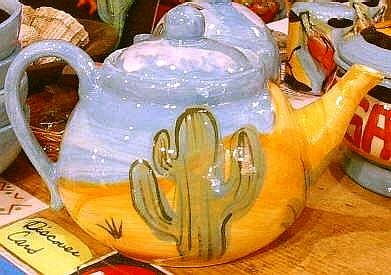There are two properties of slip that we want to test frequently. They are specific gravity and viscosity. Specific gravity means how much more than water does the slip weigh. For instance: A gallon of water at 70 degrees weighs 8.3 lb. Lets say we weight out a gallon of slip and it weighs 14.4 lb. Simply divide 14.4/8.3= 1.73.This is a ratio, it is generally accepted that 1.75 is good for slip casting. So our slip is a little light at 14.4 lb. per gallon, water weighs less than clay so we have too much water in our slip, we can’t take it out so we have to add more dry materials. (if the slip was too heavy we could have added water.) Okay, now we weigh the slip again and it is 14.5 pounds plus a little. Do the math and you can tell that you are right at 1.75.
SLIP
WEIGHT PER GALLON SPECIFIC GRAVITY
14.4 ————————— 1.73
14.5—————————–1.75
14.6 —————————-1.76
14.7 —————————-1.77
14.8 ————————— 1.78
14.9—————————–1.80
14.4 ————————— 1.73
14.5—————————–1.75
14.6 —————————-1.76
14.7 —————————-1.77
14.8 ————————— 1.78
14.9—————————–1.80
Unfortunately 1/10 of a pound is not as accurate as we would like so we use grams (1/10 lb. = 45.4 grams)
The Viscosity refers to how thick a liquid is. With slip we like to change how thick it is by adding more deffloculant (Sodium Silicate) NOT by adding water.
How thin do you want the slip to be? It depends on what you are making. Hollow beads or tiny miniatures require thin slip, large items require thicker slip.
Measure viscosity by how long it takes (in seconds) to drain out of a container with a small exit hole. The best thing to do is find some slip you like, then time it using a homemade viscosity meter like the one below.

Fill the jar up full to the top, while holding your finger over the hole in the bottom, place the cap on the jar and hold your finger on the finger hole, let go of the bottom and the slip will not come out until you let air in the top. Time how long it takes until the flow changes from constant to drips..
Each time you do this test try to do it exactly the same way.
If the slip is too thick and the specific gravity is right, then you can add some deffloculant, or some special slip thinner. These are very powerful in their action add only 2-3 drops per gallon.
Other Qualities.
Þ Absorption: How porous the bisque is determines how easy the glaze is to apply, it changes by what cone the slip is fired to, and the composition of the slip.
Þ Thermal expansion: Determines glaze fit, a too tight fit and the glaze falls off (shivering), too loose and the glaze crackles (crazing). Glaze fit is determined by the amount of talc in the slip and the bisque temp.
Þ Shrinkage: Is complicated to control, but it is useful to know so that you know how to size the molds, more water in the slip gives increased shrinkage and increases cracking in the mold.
Þ Over deflocculation: Slip casts slow, inside of cast appears sharp and greenware is brittle, hard. Noses and other high points may turn brown when dry.
Þ Under Deflocculation: Slip casts fast, seems soft and flabby, molds get wet sooner. inside of casts look smooth.






No comments:
Post a Comment